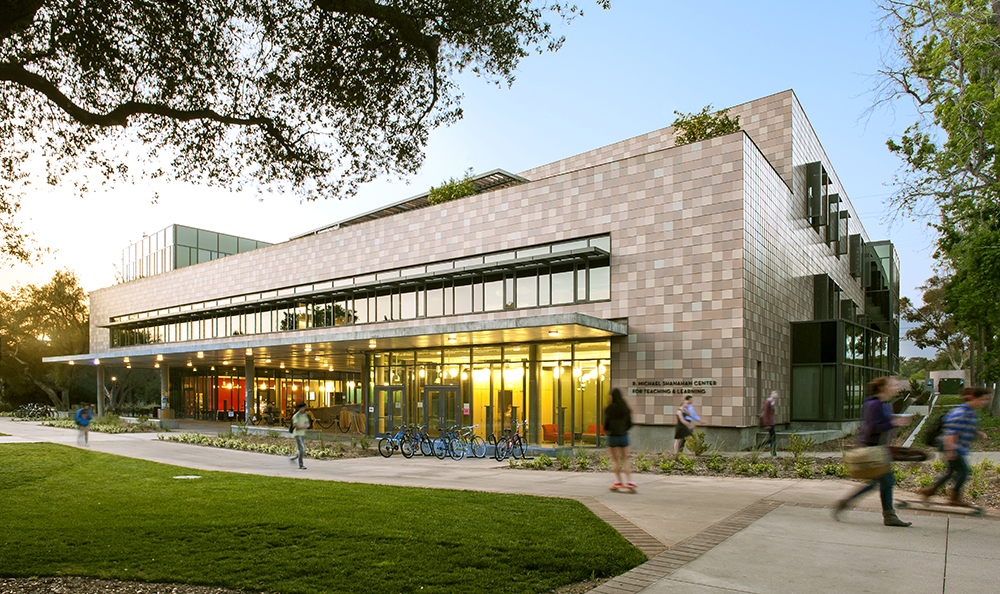Model Performances by Mudd Math Teams
April 27, 2015
The clock starts ticking Thursday at 5 p.m. sharp, and for four consecutive days, several teams of Mudders summon all their ingenuity, creativity and smarts to solve problems ranging from disease eradication to sustainable development.
Seven intrepid Harvey Mudd teams competed in the Mathematical Contest in Modeling (MCM) and Interdisciplinary Contest in Modeling (ICM) this past February, and the results of the grueling long weekend were highly successful. A tradition at the College, the competitions give each student team 96 hours to develop a model to solve a real-world problem and to write a formal paper describing their work. Findings are judged not only in terms of scientific and mathematical accuracy, but also on clarity of exposition, insight and creativity.
This year, one team earned a rare “Finalist” designation—the second-highest scoring percentile—based on the accuracy, clarity and creativity of their work. Matthew Dannenberg ’16, Justin Lee ’16 and Micah Pedrick ’17 earned the honors for Problem C in the ICM, which focused on modeling turnover within an organization with the intent of aiding managers and decision makers to build successful systems for recruiting, hiring, training and evaluating employees.
Also in the ICM, two teams received “Meritorious” honors (top 17 percent): Martin Loncaric ’15 and Mimee Xu ’15, also for Problem C, and Joana Perdomo ’16, Jennifer Rogers ’16 and Lin Yang ’16 for Problem D, which asked teams to create a 20-year sustainable development plan for one country on the United Nations Least Developed Countries list, then use their model to evaluate the effect of their 20-year plan on the country’s sustainability. This is the first year the contest incorporated a Problem D for the ICM, which before had only offered one question prompt.
In the MCM, a team consisting of Dan Schmidt ’17, Yossathorn Tawabutr ’17 and Bo Zhang ’17 also earned a Meritorious distinction (top 11 percent) for its findings on Problem A, which asked competitors to build a realistic, sensible and useful model to treat the spread of Ebola, including the quantity of the medicine needed, possible feasible delivery systems, locations of delivery and speed of manufacturing of the vaccine. Also tackling Problem A in the MCM, Andrew Gibiansky ’15, John Phillpot ’16 and Sarah Scheffler ’15 earned an Honorable Mention (top 42 percent).
Two teams were designated Successful Participant in the MCM: sophomore team Shiyue Li, Michael Sheely and Dina Sinclair for Problem A, and juniors Sophie Blee-Goldman, Nathan Geldner and Jazmin Ortiz for Problem B, which asked students to construct a generic mathematical model to assist search operations in the event of a plane feared to have been lost over open waters, such as that of Malaysian Flight MH370.
The MCM and ICM take place concurrently and focus on mathematical modeling in continuous, discrete or interdisciplinary mathematics. This year’s contests included nearly 10,000 teams (high school and undergraduate students) worldwide.
“What I loved about this year’s contests is that the problems really focused on issues that are currently receiving global attention,” says Susan Martonosi, MCM/ICM Coordinator and associate professor of mathematics. “The fact that our students did so well working on these problems is a testament to the Harvey Mudd College mission statement.”
The MCM and ICM are organized by the Consortium for Mathematics and Its Applications (COMAP), a nonprofit organization that seeks to improve mathematics education for students of all ages and create learning environments where mathematics is used to investigate and model real-world issues. Worldwide, 7,636 teams participated in the MCM, and 2,137 teams participated in the ICM.
